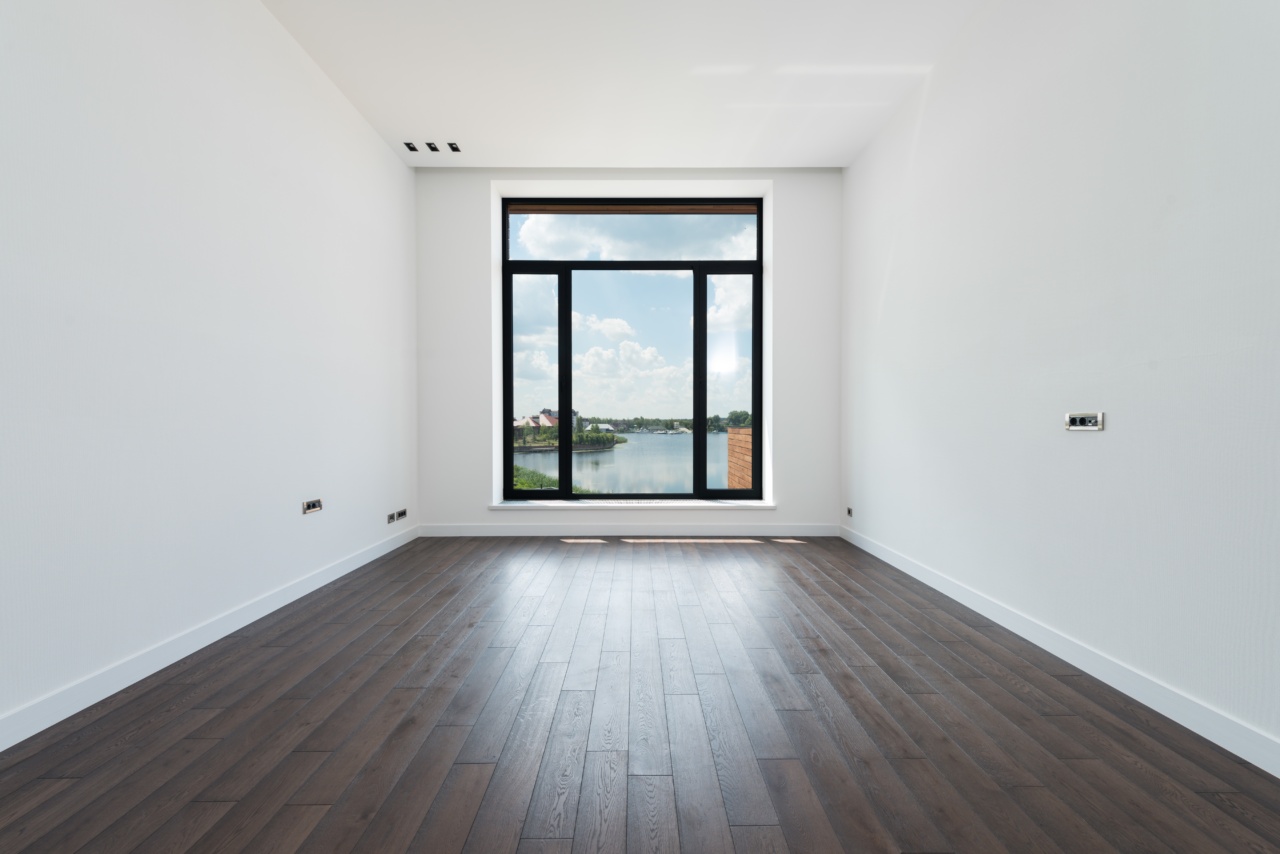Allergies can make life miserable for those who suffer from them. Sneezing, itchy eyes, and skin rashes are just a few of the symptoms that can make everyday tasks seem like a constant battle.
While avoiding allergens outside the home may be difficult, creating an allergy-proof living space can provide much-needed relief. Here are some simple steps you can take to allergy-proof your home and create a safer environment for yourself and your loved ones.
1. Keep It Clean
One of the most effective ways to minimize allergies at home is by maintaining a clean living environment. Dust, pet dander, and mold spores are common allergens that can be found in every home.
Regular cleaning can help remove these irritants and reduce allergic reactions. Vacuum and mop floors regularly, dust surfaces with a damp cloth, and wash bedding and curtains frequently.
2. Invest in Allergy-Friendly Furniture
The furniture you choose for your home can have a significant impact on indoor allergens. Opt for furniture made from materials such as leather or microfiber that don’t attract dust mites or pet dander.
Avoid upholstered furniture that can trap allergens and be difficult to clean. Additionally, consider using allergen-resistant covers for mattresses, pillows, and cushions.
3. Purify the Air
Poor air quality can exacerbate allergies. Use air purifiers with HEPA filters to remove allergens such as pollen, dust, and pet dander from the air. Place them in commonly used areas such as bedrooms and living rooms for maximum effectiveness.
Opening windows periodically to allow fresh air to circulate is also beneficial.
4. Say No to Clutter
Clutter provides an ideal breeding ground for dust mites, a common allergen. Clear out unnecessary items and keep surfaces as clutter-free as possible.
Not only will this make cleaning easier, but it will also eliminate potential hiding spots for allergens.
5. Opt for Allergy-Friendly Flooring
Carpeting can trap allergens like dust, pollen, and pet dander. Consider replacing carpets with hard flooring options such as hardwood or tile. These surfaces are easier to clean and don’t harbor allergens as easily.
If you prefer carpeting, choose low-pile options and vacuum regularly with a HEPA filter vacuum cleaner.
6. Be Cautious with Pets
Pets can be a significant source of allergies. If you or a family member have allergies to pet dander, it may be necessary to limit your exposure to animals or consider hypoallergenic breeds.
Regularly grooming pets and keeping them out of bedrooms can also help reduce allergen levels in your home.
7. Maintain Optimal Humidity Levels
High humidity can lead to mold growth, while low humidity can cause dryness and irritation. Invest in a dehumidifier for humid environments and use a humidifier during dry seasons.
Aim for humidity levels between 30% and 50% to create a comfortable and allergen-free living space.
8. Use Allergy-Proof Bedding
Your bed can harbor allergens, affecting your quality of sleep. Invest in zippered allergen-proof mattress and pillow covers to create a barrier against dust mites and other allergens.
Wash bedding in hot water weekly to eliminate any remaining irritants.
9. Choose Non-Toxic Cleaning Products
Many cleaning products can release harsh chemicals and fragrances that can trigger allergies. Opt for eco-friendly and allergy-friendly cleaning products that are free from harsh ingredients and volatile organic compounds (VOCs).
There are numerous natural cleaning solutions available that are just as effective as traditional commercial cleaners.
10. Regularly Maintain HVAC Systems
Heating, ventilation, and air conditioning (HVAC) systems can circulate allergens throughout your home. To minimize this, regularly clean or replace air filters according to the manufacturer’s instructions.
Consider investing in HEPA filters for your HVAC system to improve indoor air quality.
By implementing the above measures, you can significantly reduce allergens in your home and create a safer living space. Allergy-proofing your home may require some effort, but the improved quality of life makes it well worth it.



























